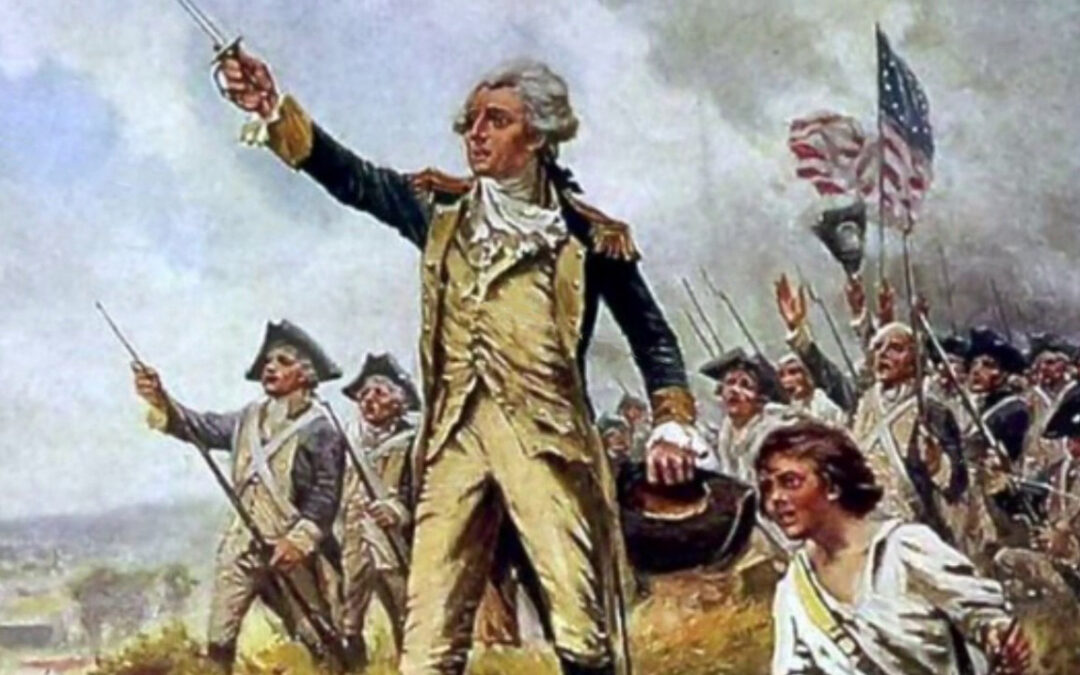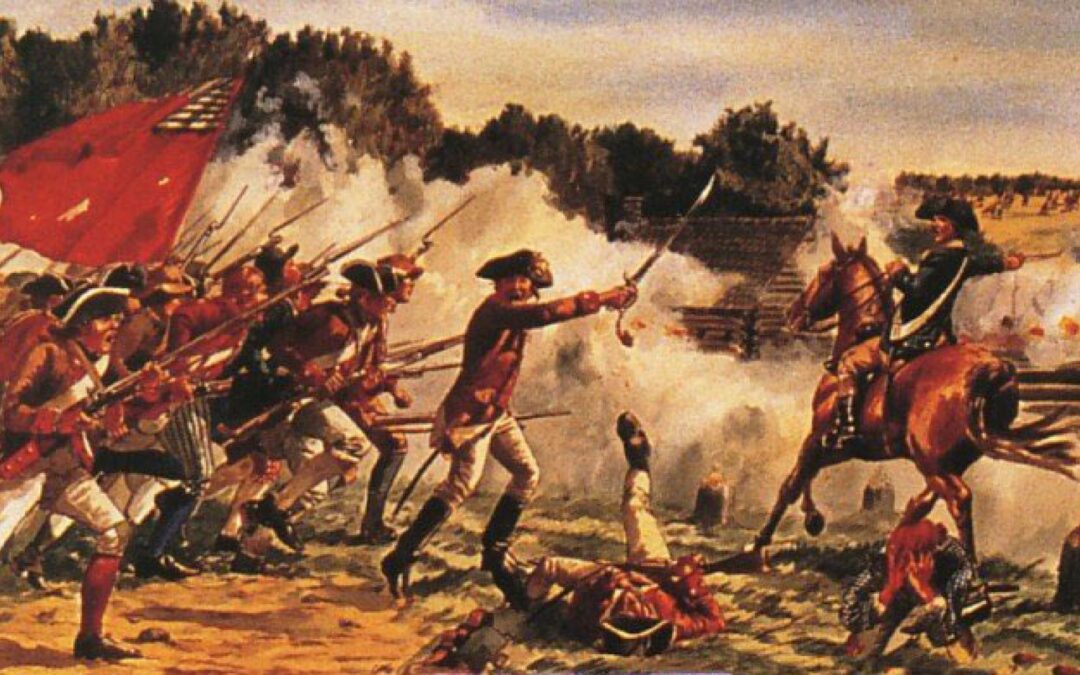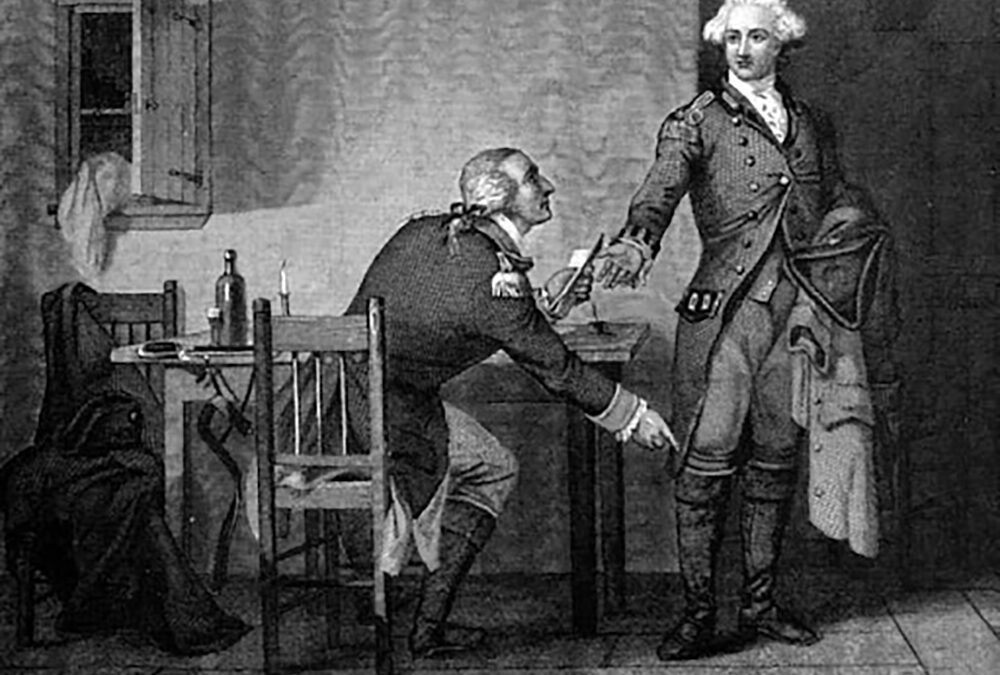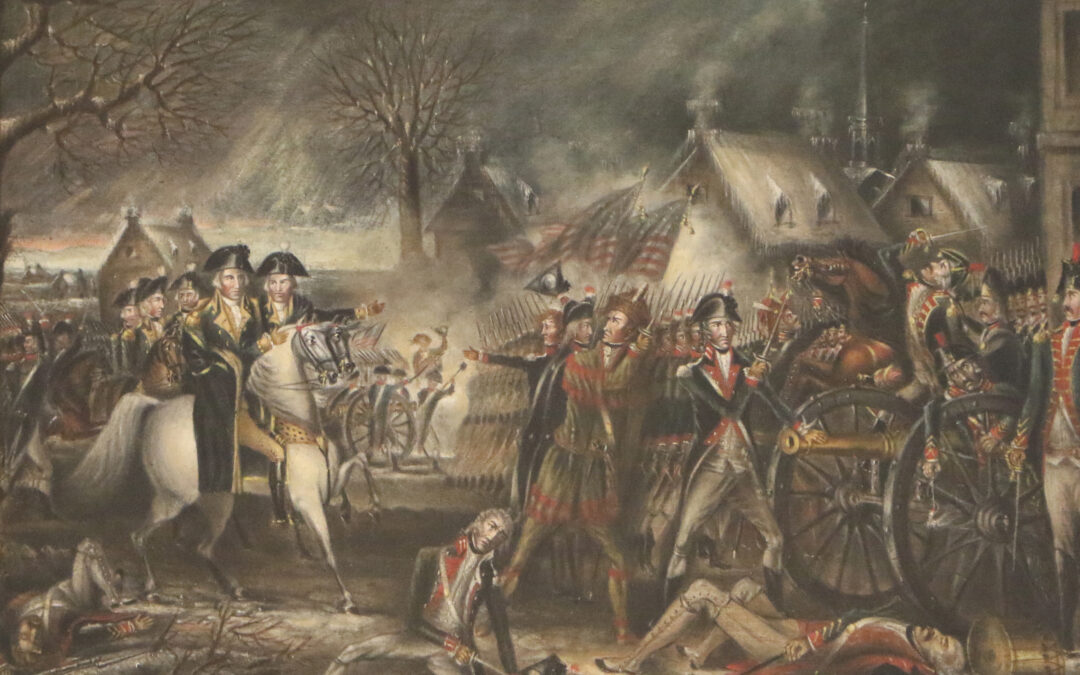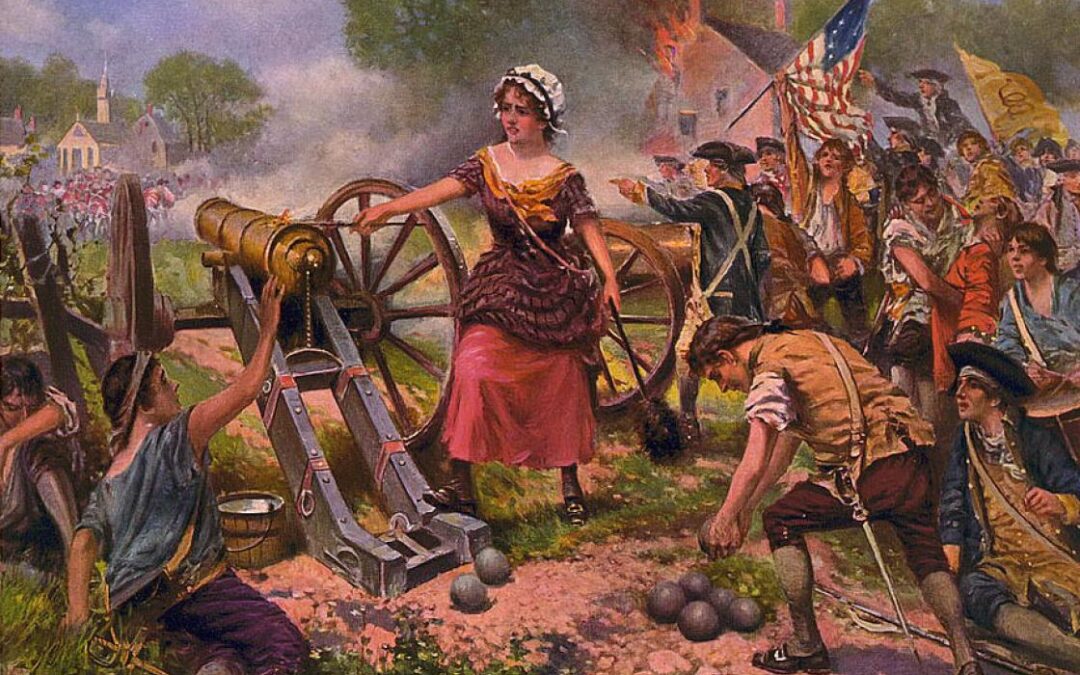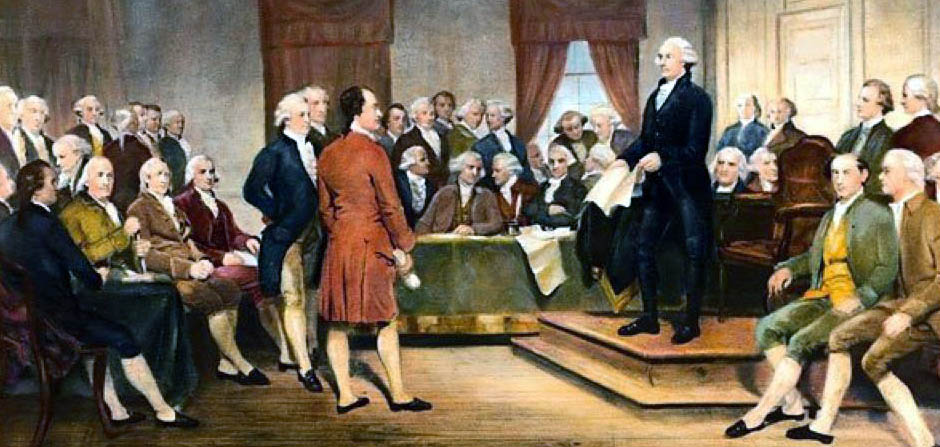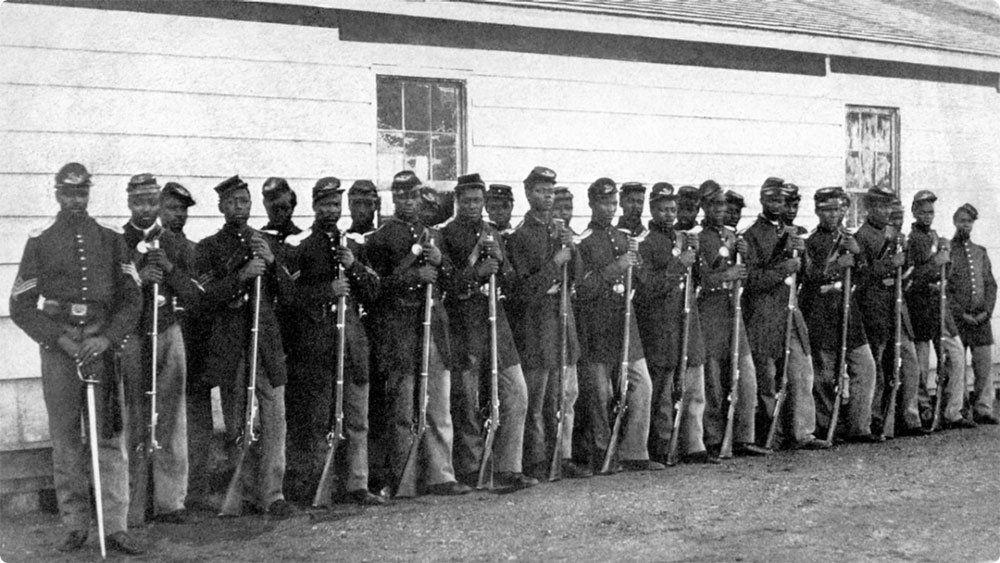The Battle of Green Spring isn't as celebrated a battle as the great American victories at Saratoga or Cowpens, but it is a relatively simple meeting between two great opposing forces, one that would demonstrate the evolution of the Continental Army in the face of superior British numbers and firepower. Lafayette’s Maneuvers Led to the Battle of Green Spring It was the summer of 1781, and the outnumbered Marquis de Lafayette was dogging British Gen. Charles Cornwallis as the two armies...
